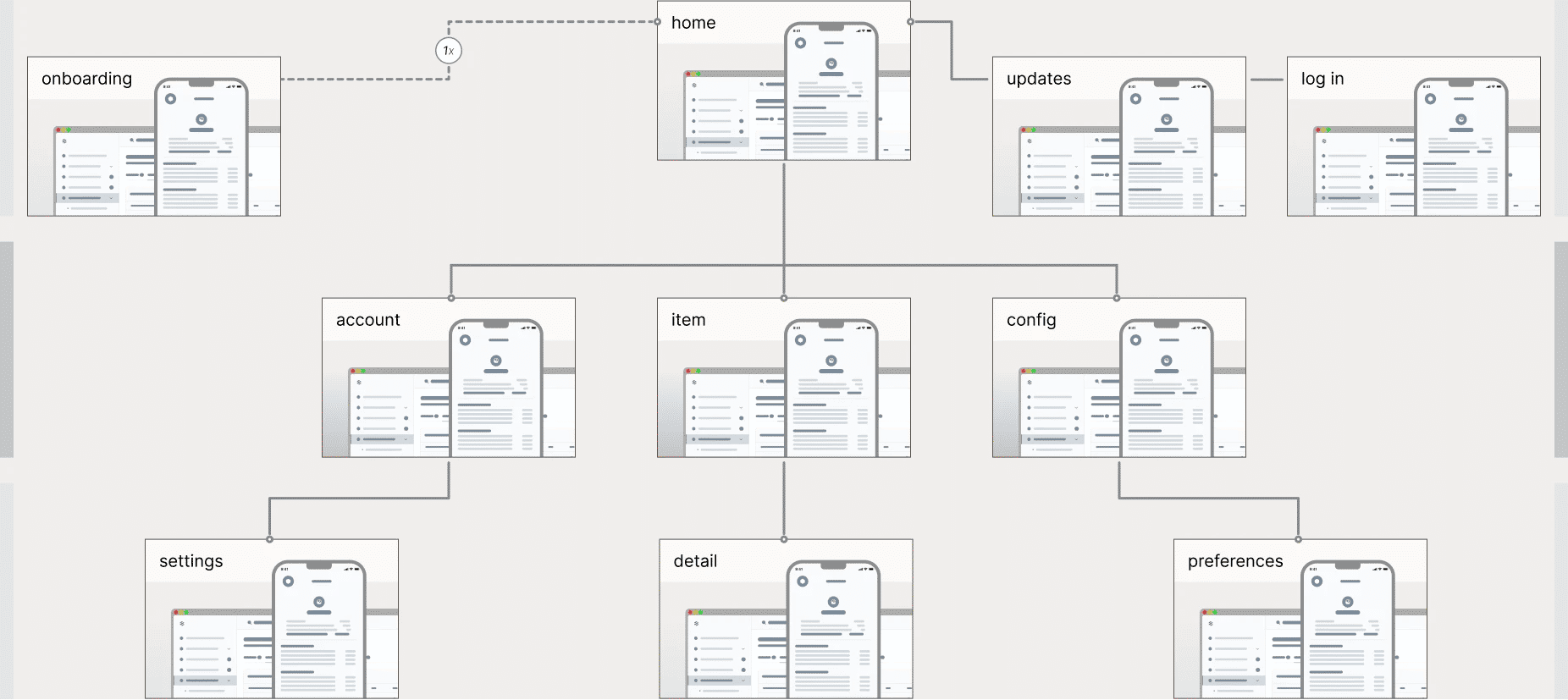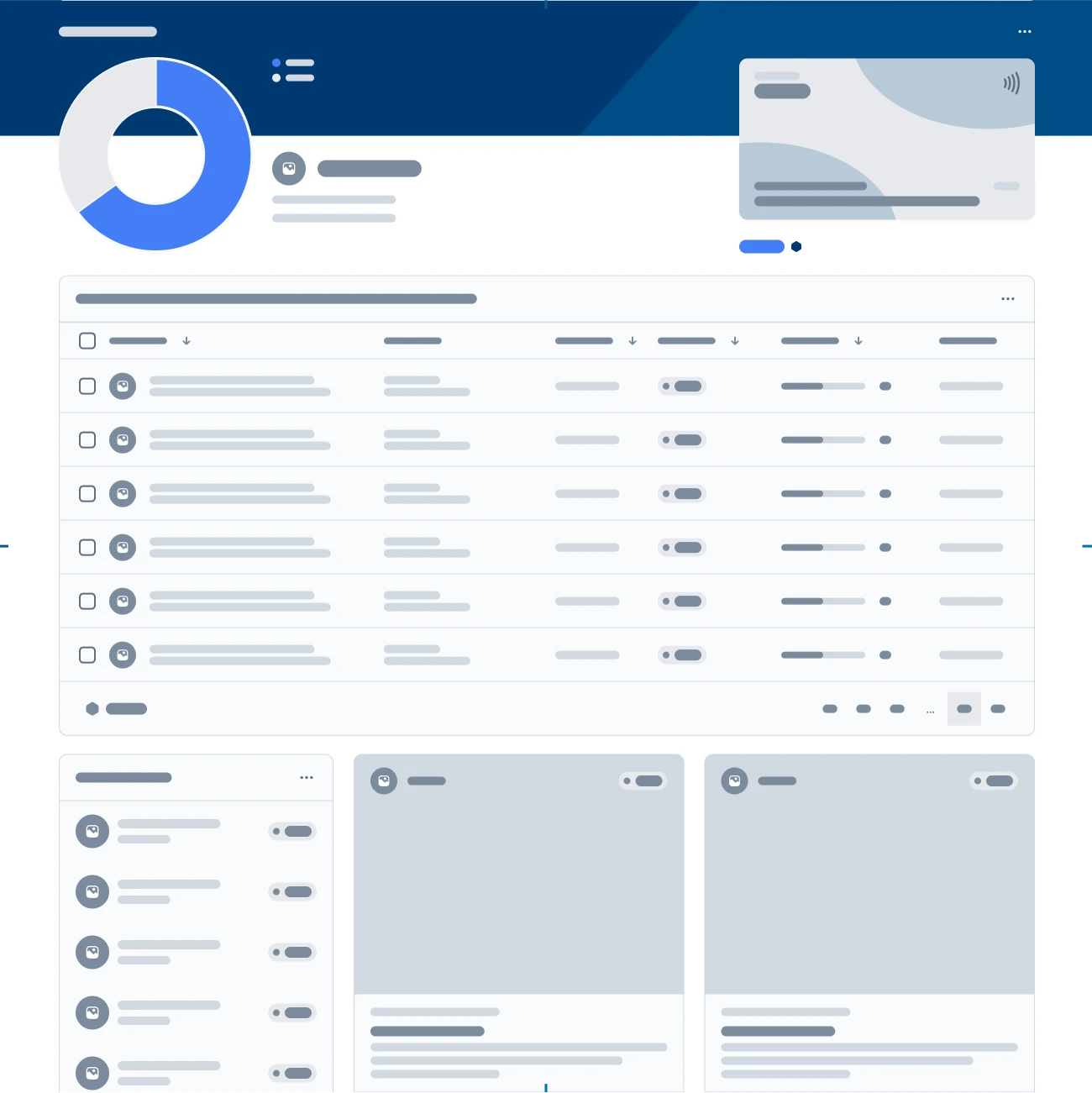-
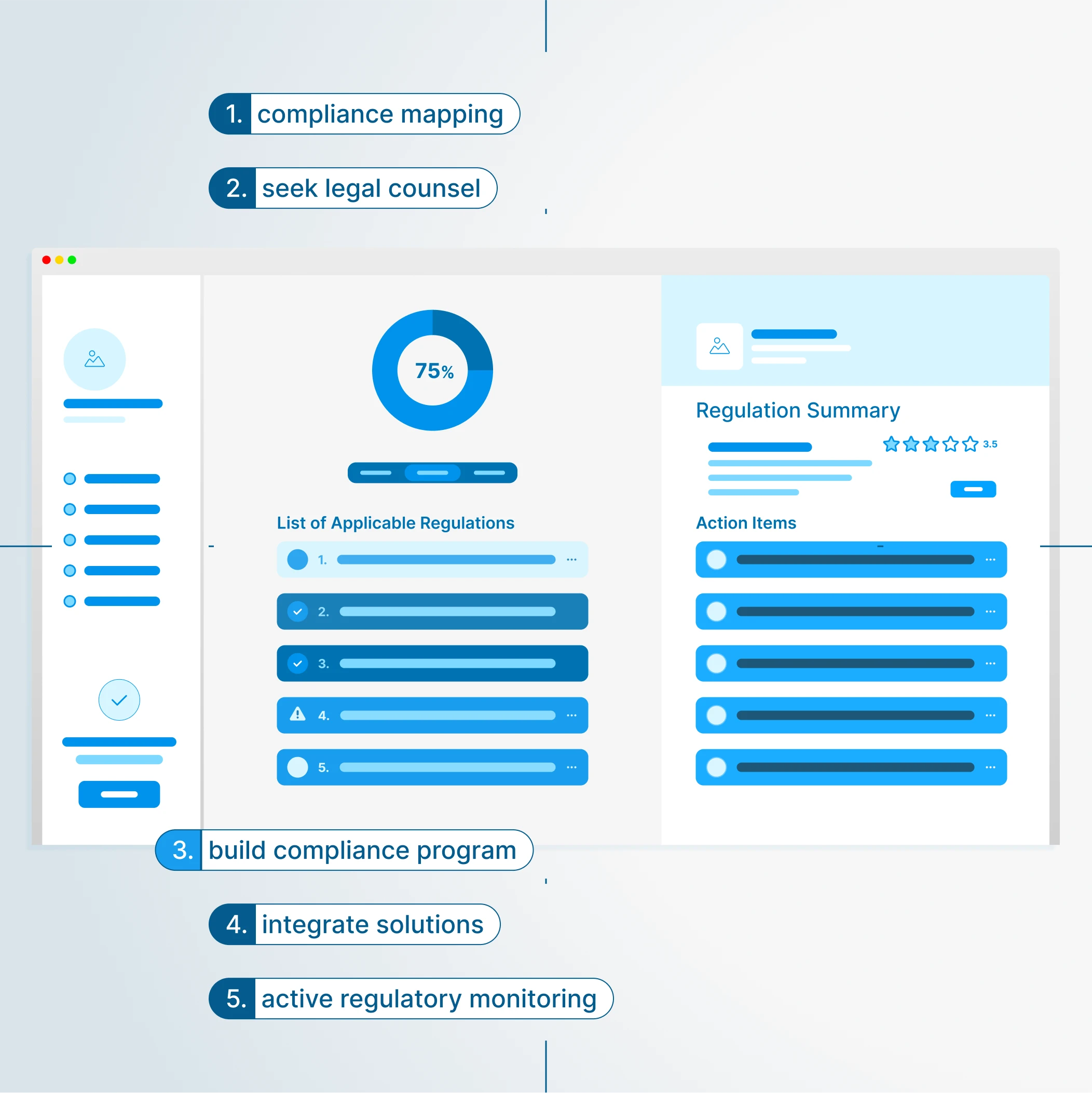
 User Journeyvalidate, sequence and assign pain levels
User Journeyvalidate, sequence and assign pain levelsValidate each step within the user journey.
Sequence all steps taken by a user.
Assign specific pain levels for each step and user persona.
-
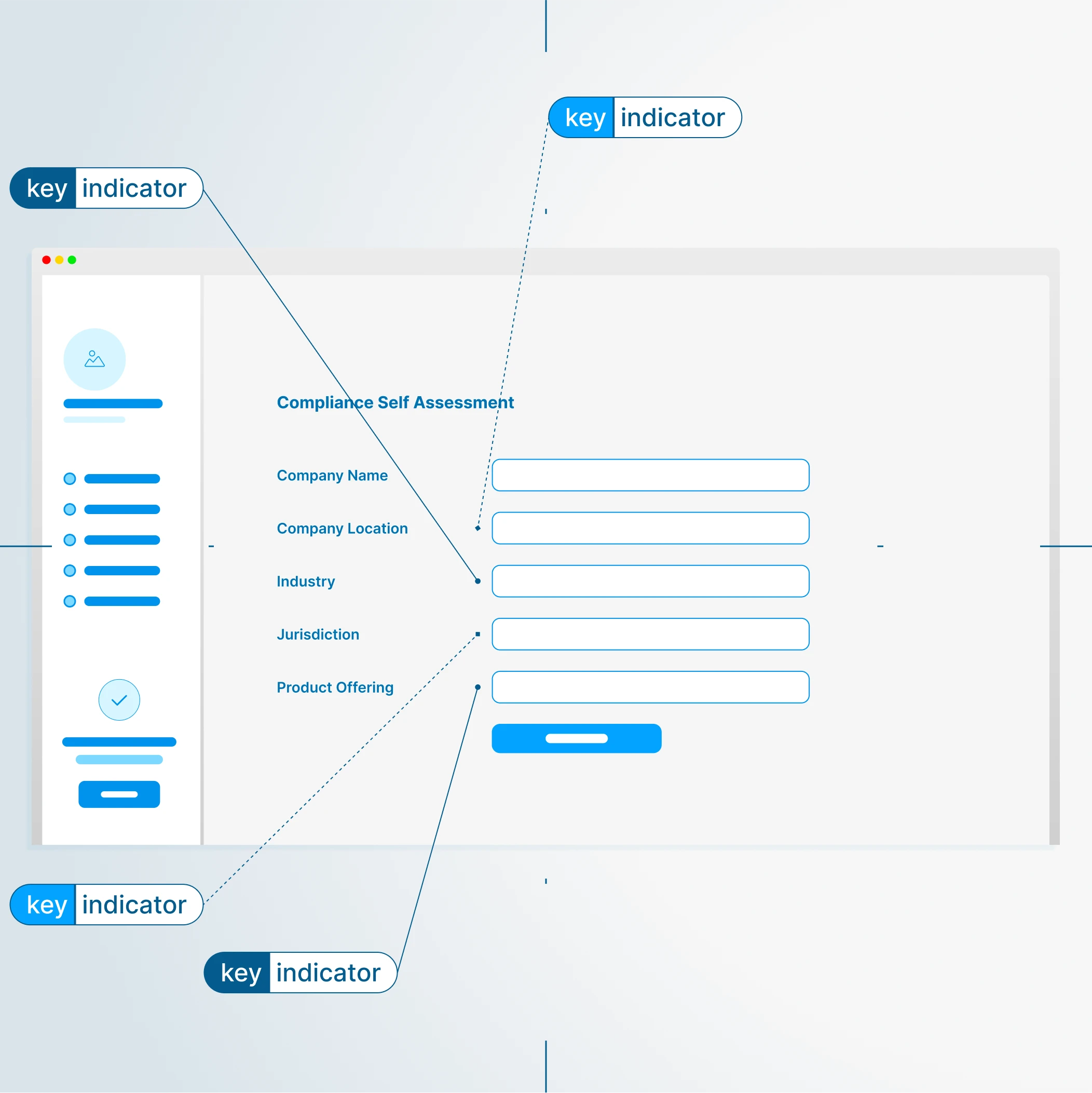
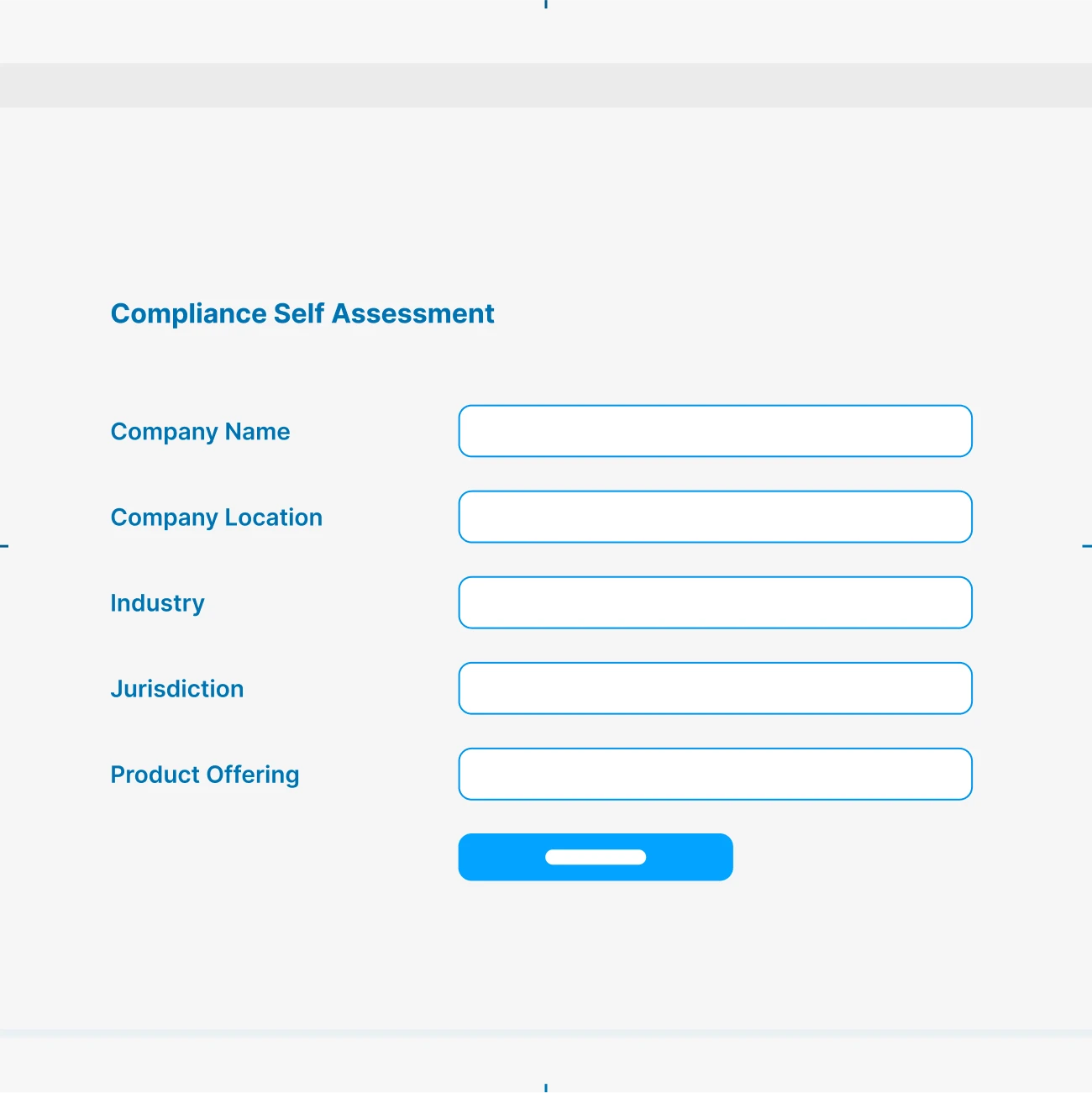 Onboardingminimally comprehensive
Onboardingminimally comprehensiveReview and validate business model assessment key indicators.
Identify differences between `company location` and `jurisdiction`.
Determine possible edge cases and/or blindspots within the process.
-

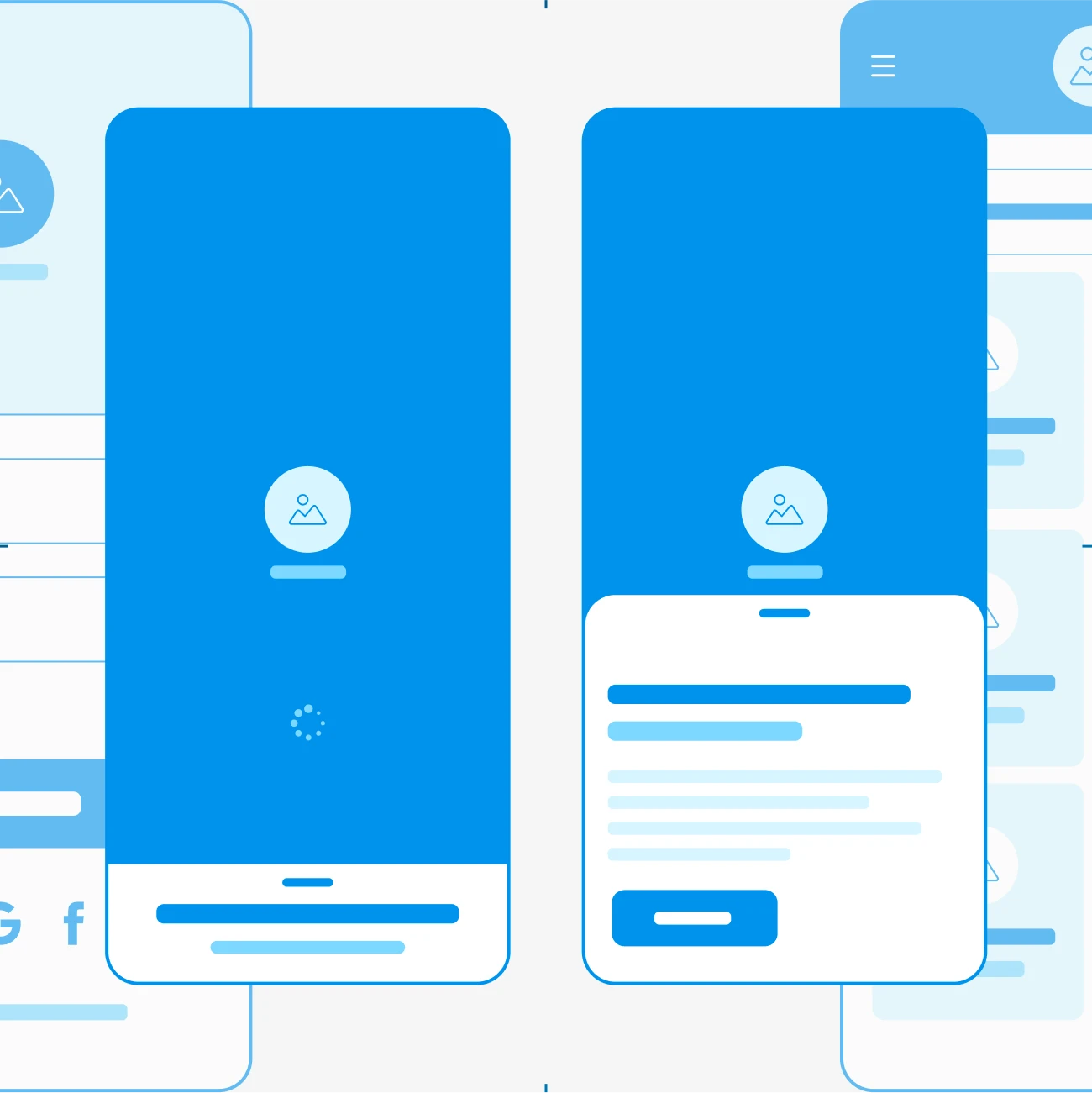 System Updatesuser confidence
System Updatesuser confidenceIdentify key metrics for user confidence.
Determine a balance between informative and non intrusive notifications.
Confirm update tags/categories are targeted with clear call-to-actions.
